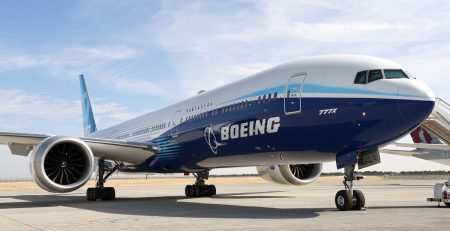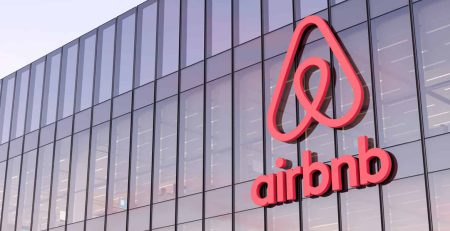Uber: The Disruptor Shaping Global Transportation
Introduction
Uber Technologies, Inc. has become a globally recognized name in the transportation and logistics industry since its founding in 2009. This review delves into the company’s business model, technological innovation, sustainability initiatives, and impact on local economies and gig workers, providing insight into how Uber has grown into one of the most disruptive forces in the modern economy.
Disruptive Business Model
Uber revolutionized the transportation industry with its ride-hailing platform, offering a more convenient alternative to traditional taxis. The company’s app-based model allows riders to connect with drivers seamlessly. Beyond just ride-hailing, Uber has expanded into food delivery (Uber Eats), courier services (Uber Connect), and freight logistics (Uber Freight), enabling the company to diversify its revenue streams and cement its position as a leader in the gig economy.
Uber’s strength lies in its ability to offer convenience at the click of a button, leveraging its technology to create a multi-service platform that brings everything from rides to meals to your doorstep.
Global Footprint and Expansion Strategy
Uber operates in over 70 countries and 10,500 cities, making it one of the most widely recognized and utilized transportation services globally. Its expansion strategy has been a combination of rapid entry into new markets, strategic acquisitions, and partnerships with local companies to overcome regulatory challenges. Uber’s adaptability has allowed it to maintain a significant presence across vastly different markets, tailoring its offerings to fit the legal, social, and economic climates of each region.
In markets like India and Southeast Asia, Uber has had to contend with strong local competitors, while in countries like the United States, it continues to dominate alongside Lyft. Uber’s adaptability and aggressive market entry tactics have fueled its global success, even as it continues to face challenges in key regions.
Technological Innovation
Uber’s technological backbone is one of its most significant advantages. Its app integrates real-time data to match riders with drivers, optimizing route efficiency, reducing wait times, and improving the overall user experience. Uber’s investment in AI and machine learning algorithms allows it to predict rider demand, set dynamic pricing models, and improve safety features.
In addition, Uber is heavily investing in autonomous vehicle technology through its Advanced Technologies Group (ATG), working towards a future where self-driving cars will reduce operational costs and revolutionize urban transportation once again. This innovation keeps Uber at the forefront of the transportation industry, making it more than just a ride-hailing company but a tech leader.
Sustainability and Environmental Impact
In line with global sustainability trends, Uber has committed to becoming a zero-emission platform by 2040. This commitment includes a goal for all rides in the US, Canada, and Europe to take place in electric vehicles by 2030. Uber Green, an initiative to offer riders the option of hailing electric or hybrid vehicles, is one of the ways Uber is reducing its carbon footprint.
The company is also working on initiatives such as partnering with EV manufacturers and charging infrastructure providers to make electric vehicles more accessible to its driver network. This focus on sustainability is a significant part of Uber’s long-term vision and brand reputation.
Impact on Gig Economy and Local Economies
Uber has transformed the gig economy by offering flexible work opportunities to millions of drivers globally. However, this model has sparked debates about workers’ rights, particularly regarding job security, benefits, and wages. Uber has faced legal challenges in multiple markets, pushing the company to reconsider how it classifies drivers — whether as independent contractors or employees.
Despite the challenges, Uber’s model has provided a valuable source of income for drivers worldwide, particularly in areas with limited employment opportunities. The company’s economic impact is not limited to its drivers; it has also contributed to the growth of local economies through its partnerships with small businesses, restaurants, and logistics providers.
Challenges and Competitive Landscape
Uber’s rapid rise has not been without challenges. The company faces increasing competition from global and local players like Lyft, Didi Chuxing, and Grab, which have taken significant market shares in regions like China and Southeast Asia. Additionally, regulatory issues have been an ongoing obstacle, with many governments questioning Uber’s impact on traditional taxi services and labor rights.
To stay competitive, Uber continues to innovate with new services and partnerships. For instance, its focus on Uber Freight allows it to tap into the logistics industry, providing freight transportation services to businesses and growing its B2B capabilities.
Conclusion
Uber Technologies, Inc. remains a leader in the global transportation industry, driven by its innovative business model, technological advancements, and global expansion strategies. However, as it evolves, Uber must continue to navigate regulatory challenges and competition while adhering to its commitment to sustainability and social responsibility. This report highlights how Uber is positioning itself for future growth in a rapidly changing world.










Leave a Reply